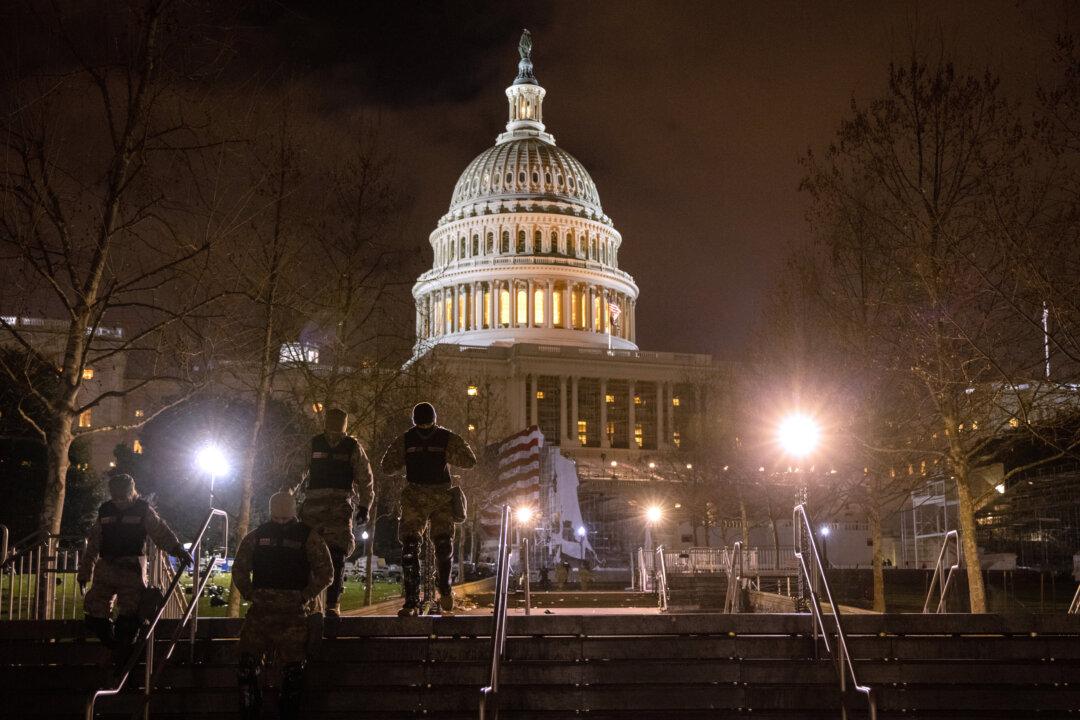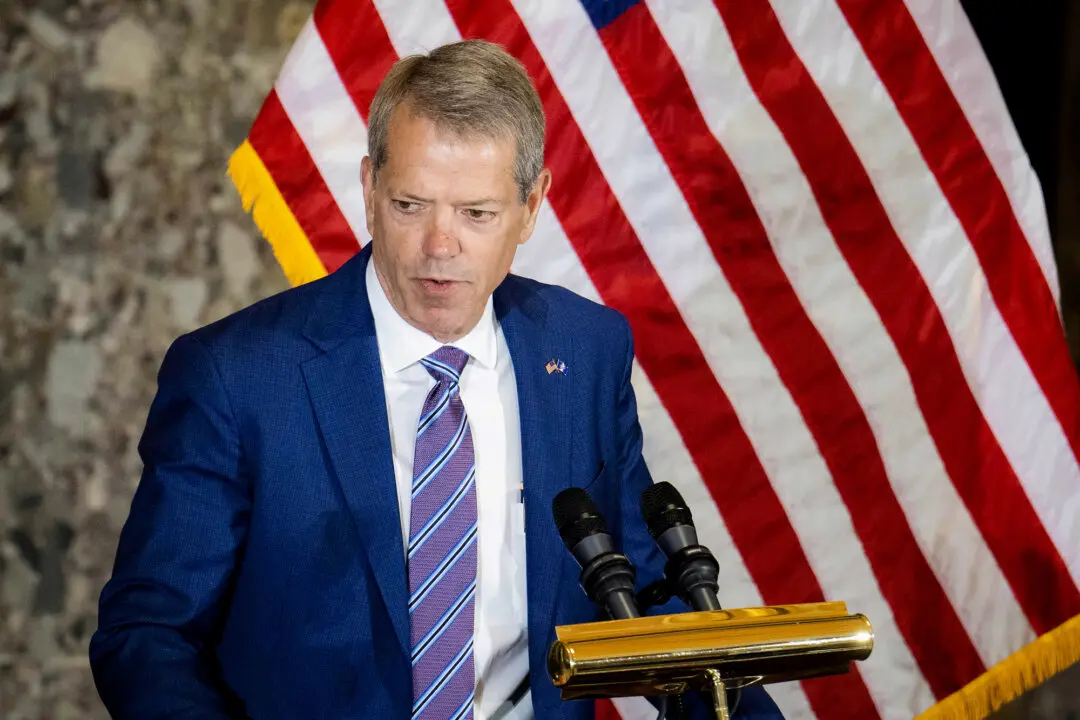Steven Sund, outgoing chief of the U.S. Capitol Police (USCP), says House and Senate security officials rejected or slow-walked multiple requests by the agency to call in the National Guard for assistance on Jan. 6.
Sund told The Washington Post in an interview published on Jan. 10 that, in the days leading up to the Jan. 6 incident in which protesters and rioters breached the Capitol building and committed acts of violence, he had asked House and Senate security officials to let him request that the D.C. National Guard be put on standby.





